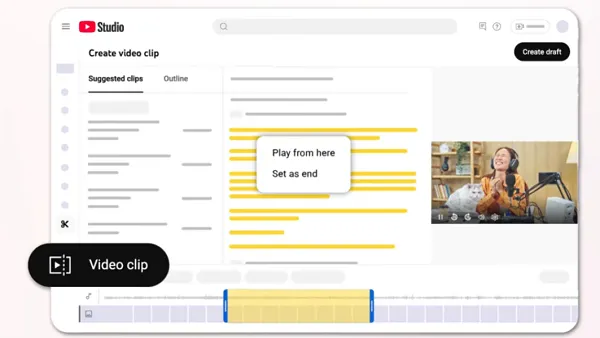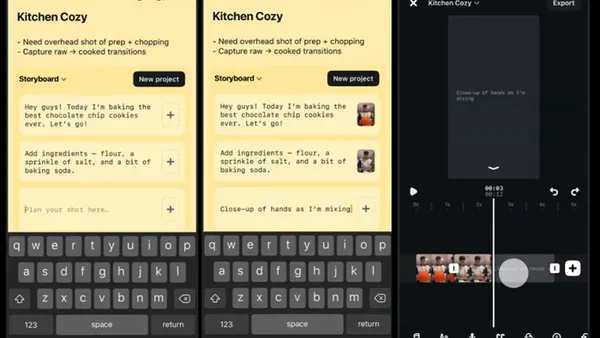 Some social network activities can wear thin, causing users to question, "Why am I doing this and who cares?" In order to stay relevant, social networking companies are pivoting to provide their users more interesting ways to record their lives and give brands more meaningful ways to connect with users.
Some social network activities can wear thin, causing users to question, "Why am I doing this and who cares?" In order to stay relevant, social networking companies are pivoting to provide their users more interesting ways to record their lives and give brands more meaningful ways to connect with users.
Look no further than China, the largest smartphone market in the world where users spend an average of 46 minutes a day on social networks and the share of mobile marketing has doubled in the past two years. Global brands are keen to get in front of the sophisticated upscale Chinese consumer using social apps like Jiepang, China's leading location-based social app. Check-in burnout prompted the company to re-evaluate the service it was providing its 5 million users and more than 400 brand partners and just last month they released their newest version that is giving users and brands more ways to learn about each other.
Recently at Macworld iWorld Asia, Jiepang's Founder and CEO, David Liu shared three ways to make mobile internet marketing more contextually relevant.
Add Value to the User Experience
The noise created by crowds of local and international brands blasting information on China's social networks often detracts from the user experience leaving consumers confused, annoyed or worse -- completely turned off to the brands. This is just one reason why some leading platforms are putting tighter controls on how brands utilize social networks to reach potential as well as loyal consumers.
Volkswagen's promotion of new car model, Lavida centered around enjoying life, so through Jiepang's open API, campaign participants were able to aggregate all of their past check-in data with one click to create a personalized "lifestyle biography". Each participant received a cartoonized biography that quantified them as a "world traveler", "creature of the night" or "artist behind the photo lens", etc; and users could easily share their profile to other social networks. A win-win situation for users and the brand.
Don't Disregard the 'Been There, Done That'
When users willingly share the who, what and when of their experiences as well as the where, brands can utilize that information to serve up more meaningful messages that won't be objectionable to the consumer. Given the proper tools and metrics, user generated content is extremely useful marketing data. Last month's release of Jiepang 5.0 announced the app's pivot away from pure location-based services (LBS) and introduced several new features including 16 activity tags. Users can select any one activity tag to categorize posts and easily look back at those specific moments. For example, Jiepang users who frequently share moments using the "exercise" activity tag will be a segmented target audience for sports-related marketing. Activity tags are a natural conversation starter between brands and users who are most likely interested based on their lifestyle and habits.
Think Outside the Screen
A successful brand engages with the user both on- and offline. The China Internet Network Information Center last reported 464 million people in China using a mobile internet device. These people are on the go so it's important to bridge the online and offline worlds to increase awareness, sales, foot traffic, etc. Beyond basic O2O, brands that are most in tune with user behavior and lifestyle trends have the key to building a long-term relationship because messaging is crafted into natural conversation.
For example, many people in China shun the sun for both health and beauty. So, when Neutrogena wanted to promote its UV protection products in a summer campaign called "Embrace Sunshine", it partnered with Jiepang leveraging its user base known for active lifestyles and habit of syncing pictures onto other social networks. Jiepang created the first ever branded smart photo filter for Neutrogena which adds cool sunray effects according to the time of day and information like city, temperature and UV rating. Users of the "Sunshine" filter also earned Neutrogena discounts redeemable in retail chain Watson's as well as online at Tmall. Since May, more than 250,000 pictures have been shared using the Sunshine filter and synced to other SNS over 750,000 times.
If you think your brand is getting lost in the noise of social media, or worse yet, alienating your user base online, perhaps it's time to think about whether your message is a natural part of your user's mobile experience or a jarring annoyance. The social experience should be a true part of the user's life and passions. But to accomplish this, social networks are having to pivot and rethink the way they operate and the functions they provide to both users and the brands that want to reach them.










